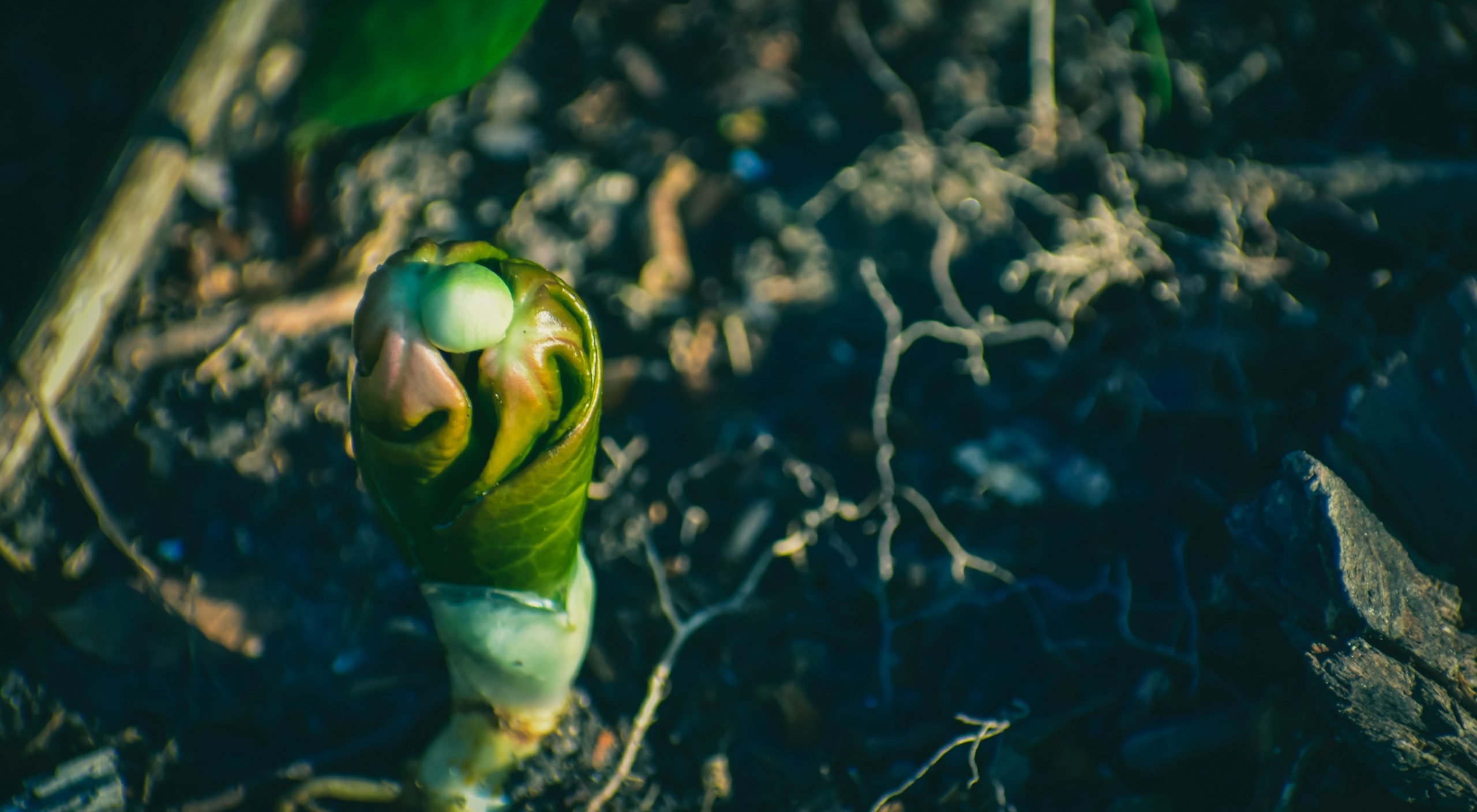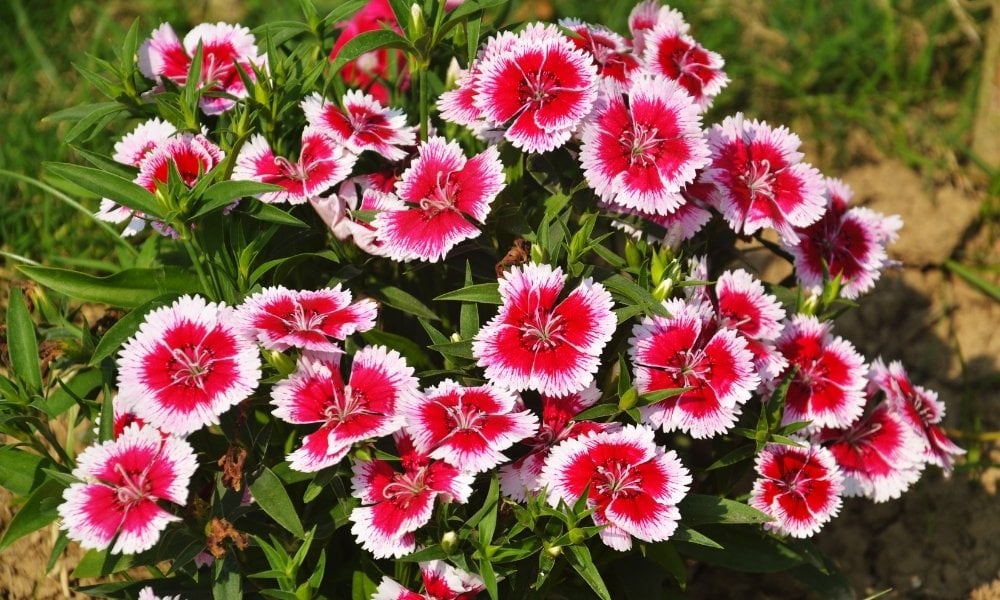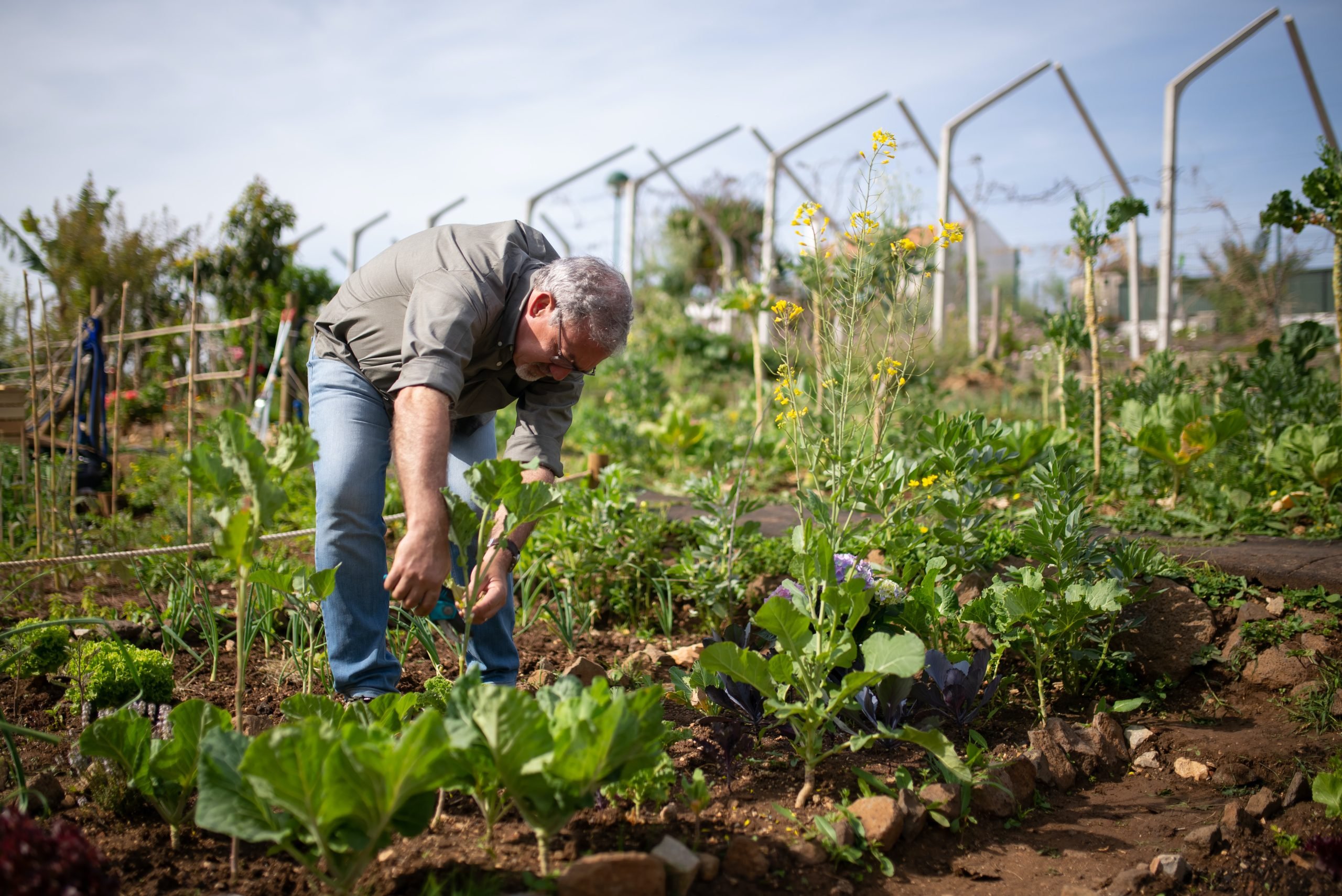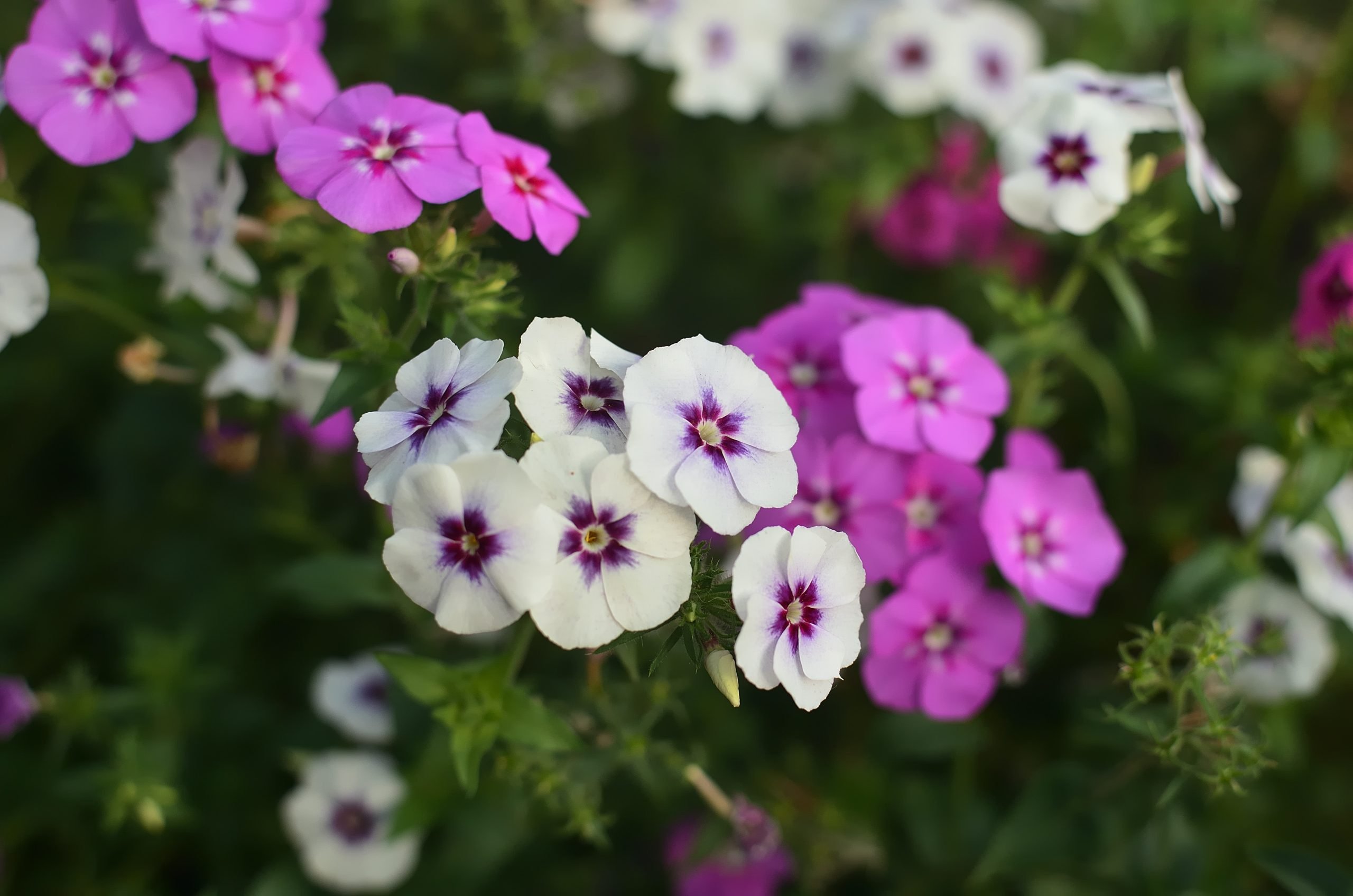When and How to Sow Foxglove: A Beginner’s Guide
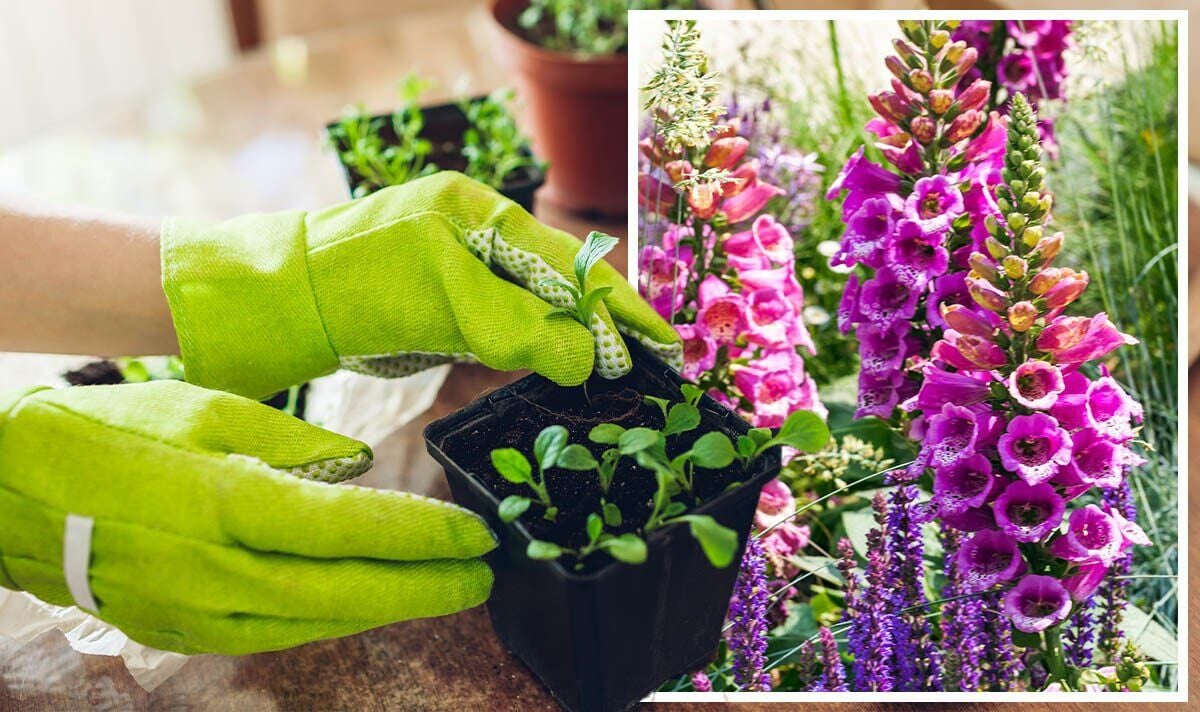
Table of Contents
Sowing foxglove seeds can be a challenging task without proper guidance. Many conditions affect the seed’s health and growth. Finding where and when to sow foxglove seeds is also not easy. Germinating a seed can be increasingly overwhelming since it will face numerous problems if not cared for well. Specific steps must be followed to keep your foxglove seed flourishing.
Don’t stress. These five steps will make your majestic foxglove seed’s journey flourish, and there will be no problem with it being damaged by conditions such as weather and soil. There will also be tips for each step to ease the process of sowing and growing these bell-shaped blossoms that hummingbirds and bumblebees love.
Continue reading to discover steps and tips on sowing foxglove and growing it into a plant with a spike of bell-like flowers to spruce up your garden.
Before we move forward, here is Foxglove’s journey in short (from seed to plant)
|
1. Seed is sown in April-May. |
|
2. Seedlings will appear in 14 days. |
|
3. When the seedling becomes easy to handle, move it into a pot for direct sunlight for six weeks. |
|
4. Put in a Flowering position as it grows a healthy stem. |
|
5. Allow flourishing through autumn. |
|
6. Protect in winter. |
|
7. Move back Into the garden Around February-May to source up the garden with bell-like flowers. |
1. Select the Variety of Foxglove Seed You Like
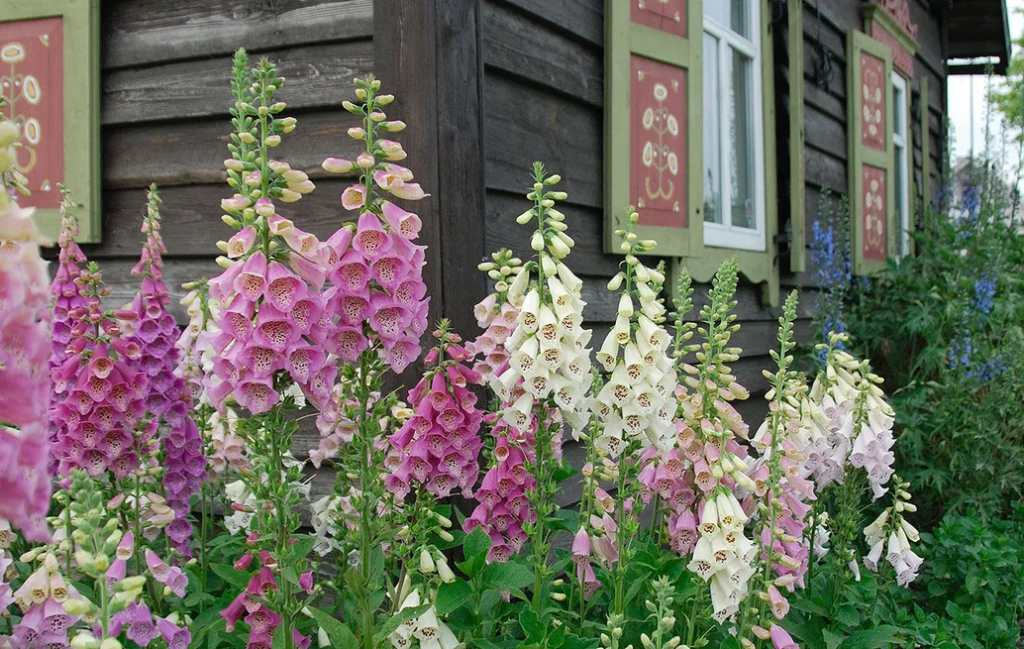
Foxglove seeds are available in numerous varieties, but most of them are ‘biennial’ means they grow foliage in the first year and complete their lifecycle after blooming in the second. A few types are ‘perennials’ means they keep blooming year after year. All of them have different heights and colours.
Varieties of Foxglove
Following are some of the most attractive foxglove plant varieties with their own features and different growing conditions.
- Candy Mountain: Unlike any other foxglove plant type, this grows blooms facing upward. These flowers are deep pink and flecked with white rings around them.
- Apricot Beauty: Also known as Sutton’s apricot, this seed grows pastel apricot pink blooms and has speckled and spotted inside.
- Foxy: Foxy has a tiny height. This variety sprouts white, lavender and yellow blooms. This can grow up to three feet tall.
- Digitalis purpurea: Digitalis purpurea is the most loved variety of foxglove in the UK. It is a herbaceous biennial plant. This typically has purple-coloured bell-shaped flowers, but sometimes it can also provide pink, rose, yellow and white
Tips To Choose Varieties:
- Select the seed of a variety of your liking; for example, if you like purple, you can go with Digitalis purpurea or choose Foxy if yellow is your favourite.
- Plants that grow only up to 2 ft can be sown in pots.
- Taller plants, on the other hand, will require support in future. So, ensure you carefully put a little stick as the seed matures.
- They are most likely self-seeders, meaning that you can choose your favourite seed, and every year, you will have an endless supply of such gorgeous flowers. All you need to do is collect seeds. Sometimes they grow on their own.
- Putting these in gardens later will make the garden an inviting place for pollinators like hummingbirds and bees.
- Full-sun varieties will face severe conditions without proper sunlight, so they must be taken care of right from the sowing
2. Prepare the Soil of The Container
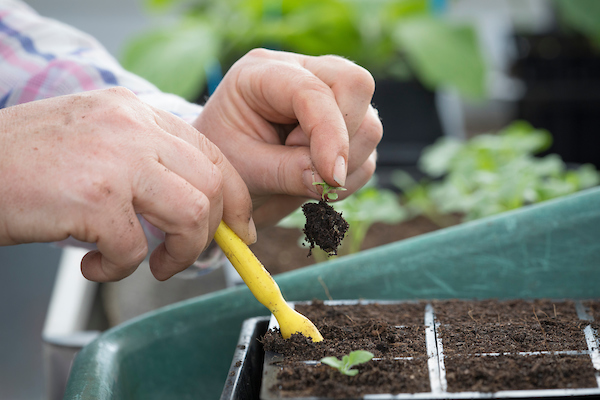
This step will help you understand when to sow foxglove seeds. If you are starting from seeds, foxglove is recommended to sow in seed trays. You can transfer them to the garden soil when they ripen. Foxglove seeds prefer to grow in well-drained, moist soil. However, they can not do well in too dry or wet soil. You can buy a well-drained potting mix or make it at home. Pros recommend sowing foxglove seeds in April-May
Soil and Container Selection Tips:
- Make the container suitable for foxglove seeds by including seedling compost, peat-free to improve germination.
- Since the seeds of foxglove are tiny, you need to be extra careful while sowing each seed into each tray pocket. Choose the tray that will make it easy to separate seeds.
- Choosing self-seeding plant seeds will be an excellent choice because you will not have to buy new seeds every time. It will provide you with an unlimited supply of foxgloves for your garden.
- You can use a popsicle stick to loosen the soil so that it becomes rich with nutrients.
- Do not use overplus of fertiliser; a small quantity is enough.
- Pros with a green thumb recommend using organic compost over fertiliser for seeds and seedlings
Suggestions If You Couldn’t Sow the Seeds in The Summer Season:
- If you have not sown foxgloves in May, you can still grow them from a plug plant in autumn.
- Instead of using small containers, you can directly sow them in the garden.
- Weed ( remove dead leaves) the soil thoroughly before you sow the seed.
- Add aged animal manure or compost when sowing in an open place like a garden.
- If you still want to grow the plant indoors, choose a container with at least 20 litres of capacity because the plug plants are grown and will require more space.
- Choose an appropriate variety of seeds that can be planted in a garden or container.
- Since they grow during autumn and summer, they need more fertiliser
3. Press the Seed Down with Sunlight

Press the seeds onto the soil’s surface but do not cover them completely. This is a crucial step when sowing foxglove because their seeds require light for germination. If you are going to grow foxglove indoors, then you can choose an appropriate container that has a top area wide enough so that it does not hinder the sunlight
Tips for Sowing the Foxglove Seeds:
- As we can see from the flowchart in the beginning, it would be best if we sow them in May.
- Don’t cut the deadheads because you can get extra benefits, such as seeds for future use. It is possible since they (are self-seeder) drop their seeds when they develop entirely.
- Use a propagator lid instead of covering the seeds with compost or soil; you can prefer to buy a container with clear lids that pass the sunlight well.
- Sow the seed where it will be safe from gusts of winds and will have proper sunlight.
- Refrain from overwatering in a rainy season because they will not need more if your seedling faces enough rain
Suggestions if Growing Indoors:
- You should use a container with ample space when growing the foxglove indoors (Around 40 CMs) with 1-2 drainage holes.
- Ensure the seed is exposed to sunlight for at least 3-6 hours daily. You should place the container near the south or west-facing window.
- It is better to sow them in trays filled with compost.
- Sow just about a pinch of seeds per 10 cells of a modular tray.
- If you put more effort and just sow one seed per cell, you can have plenty of flowers for your garden in the coming spring.
- Keeping the quantity low per cell means the seeds will have more light and space to germinate. Moreover, the seedlings will not damp off and rot this way.
- Sow them in May because autumn is not very suitable for foxglove seeds. You can still buy plug plantsif you have missed the sowing season (spring).
4. Keep the Seedlings Sheltered in Winter
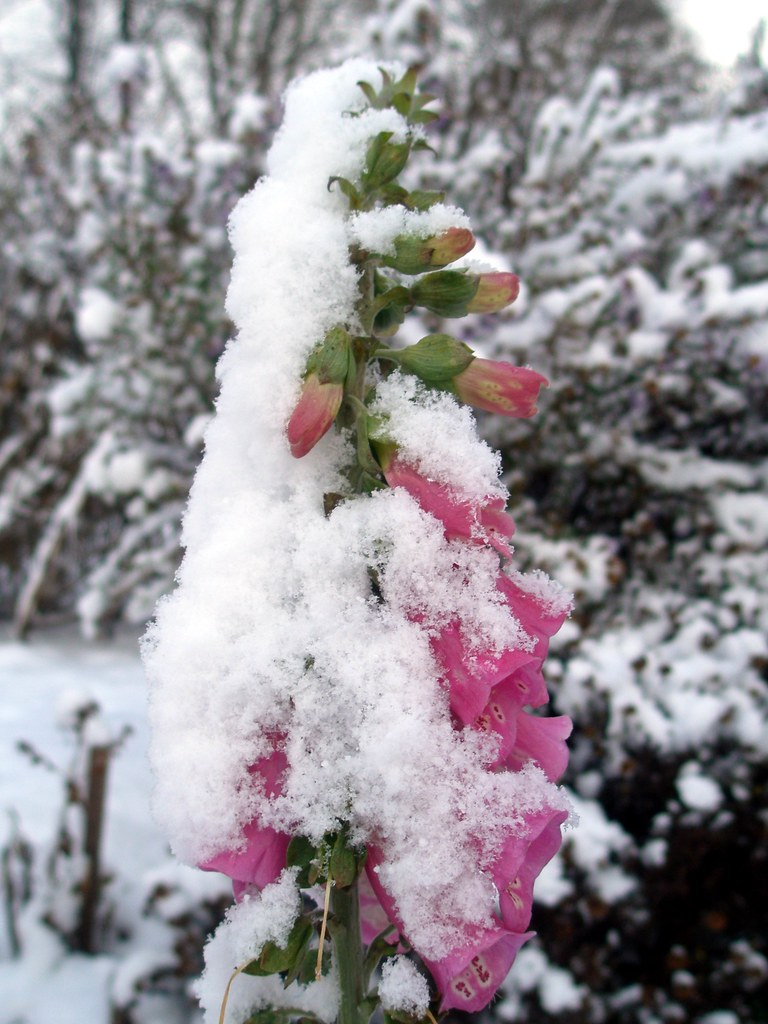
This fourth step is where foxglove has germinated into a plant and requires winter protection because most varieties are not winter hardy. Foxglove must be repotted into a loam-based compost and sheltered in a cold frame or greenhouse so that their growth doesn’t stop. You can also cover it with mulch that works as an insulating layer.
Tips for Saving the Seedling from Winter Damage:
- Remove debris (dead leaves and other things) around the plant; otherwise, insects will look for a place near your grown plant which will give birth to diseases.
- You can save your plant’s energy (if you have chosen Digitalis purpurea seeds) by cutting deadheads in the first year before it drops the seeds. This is a brilliant idea if your variety is a biennial (a plant that lives for two years).
- It is also beneficial because saving the plant’s energy will help deal with winter.
- While if you let them drop the seeds, you will have plenty of flowers in your garden next year. This method works better for perennial varieties.
Suggestions on How to Overwinter Indoors:
- If you have a green thumb, then a little patience and care throughout the winter will reward you with heaps of beautiful flowers and seeds for the following seasons. This will save a little of your money.
- You can also buy new seeds every year and treat them as annual (lifespan of a year).
- Cover the plants with mulch that will not only protect them from winter but also help them retain moisture. Uncovered plants will dry out and will not survive harshly cold winds.
- Another this that you can do is make your garden indoors to overwinter your foxgloves. There are a few methods of doing this. The best one is purchasing an indoor planter with automatic LED Lights.
- A herb kit is also recommended for people with less space in their gardens and helps protect the plants from winter’s wrath.
- If you live in an extremely cold area, you must dig up the plant and keep it somewhere safe, like an indoor overwintering kit.
5. Sow the Young Plant Outdoors in Spring
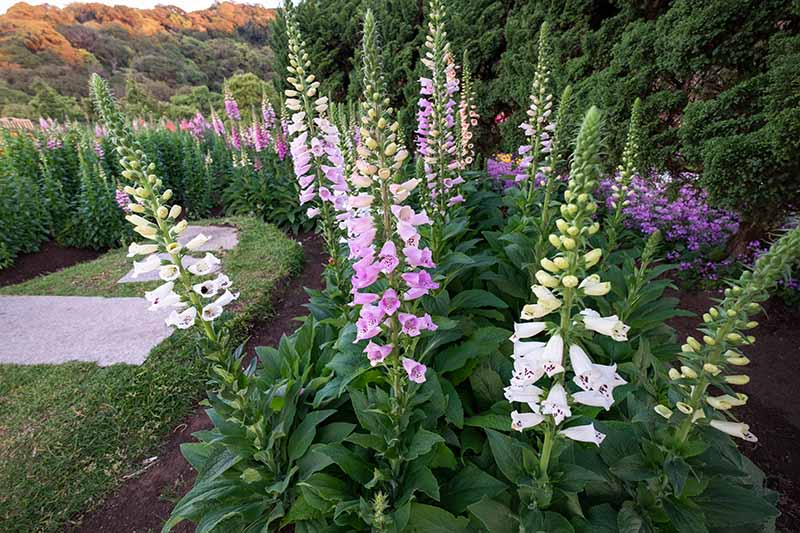
This is the final step when the seed has become a matured plant. Now all you need is to put it back in the garden and watch it bloom. Transplant the foxglove as soon as winter passes and conditions become suitable. You should put it in a direction where it will get enough light to grow majestic bell-like pink, purple or white flowers.
Tips for Caring While It Blooms:
- Foxglove will become a beautiful plant with heaps of flowers n May-June, so it is better to shit the plant to a sunny place as the winter passes.
- After you have planted them in the garden or an open area, you should be watchful about snails and slugs damaging your foxglove plants.
- You don’t need to worry about caterpillars of moths because baby birds love to eat them in spring. Consequently, they aren’t much of a worry.
- Spring and Summer are their growing months, so water them well.
- Water and put organic matter in Dry spells (water shortage due to less rainfall.
Suggestions on Deadheading and Feeding:
- After the seed grows into a plant, and you still want to keep it in a pot, water it appropriately throughout the growing season( Spring and Summer).
- Do not keep the compost waterlogged but only a bit moist, especially in scorching weather.
- Since the seed has become a full-grown plant, you only need to make the soil richer by digging in plenty of garden compost or organic matter before replanting it.
- After planting it in the soil, cover it with a thick layer of mulch around the plant.
- Some even recommend mixing blood, fish and bone fertiliser to boost foxglove’s growth.
- Deadheading foxgloves will save the plant’s energy; however, you can let it set seeds to use next summer.
- You can plant a stake to support its stem after it completes the blooming circle of one year.
- Affix a bamboo stick to save them from wind damage.
Conclusion
We have discussed some foxglove varieties and the significance of soil preparation before and after planting, a sowing method and also cleared when to sow foxglove seeds. Protecting it from the weather is crucial; otherwise, all your efforts will go in vain
Following each step, you will have beautiful cup-shaped flowers attracting hummingbirds and bees. They will make a mesmerising scene in the garden.
Finally, protecting the plant before it blooms is also a critical step. We hope you learned how to sow foxglove seed and will make your place bloom with foxglove. Happy gardening!

